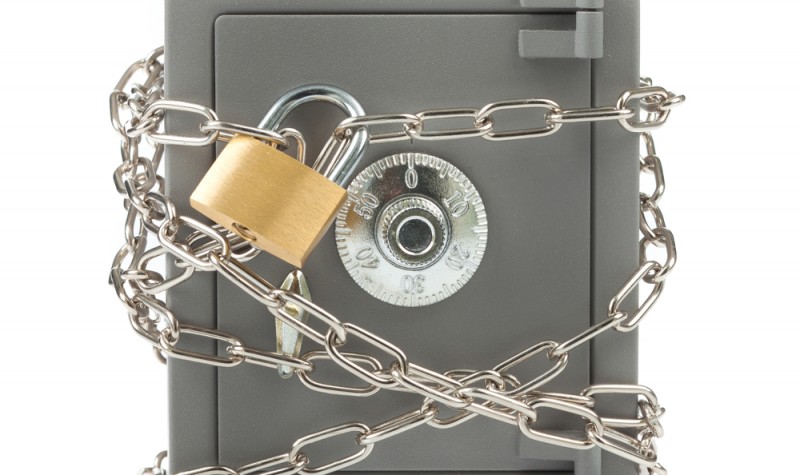Three funds that have withstood the market sell-off

On June 17th I wrote about three cautiously managed investment trusts that had delivered steady returns while limiting the downside risk. Don’t let a Greek farce turn into a tragedy looked at funds that could protect your portfolio against the losses arising from a Greek debt default, but they should also be able to withstand any other extreme scenario including the recent market sell-off triggered by China.
I thought it would be interesting to revisit these investment trusts to see how they performed during the worst of the crisis. The three funds are: the Personal Assets Trust (PNL), the Ruffer Investment Company (RICA), and RIT Capital Partners (RCP).
The FTSE 100 index closed at 7104 on April 27th but then entered a period of steady decline with the sell-off gathering momentum in August. By close on August 24th it had reached 5899, which represents a fall of nearly 17%. It is currently trading slightly higher, so I will concentrate on this period in which the index suffered its maximum drawdown.
PNL aims to protect and increase shareholders’ funds over the long-term by investing in equities and bonds. It is managed by Sebastian Lyon of Troy Asset Management who has been extremely bearish for some time.
At the end of May, which is the most recent available data, he had 28% of the fund in cash, 10% in gold, and 21% in UK and US inflation-linked bonds. The remaining 41% was invested in a highly concentrated portfolio of defensive large cap stocks.
This ultra-defensive strategy has worked well with the shares only down 4.8% between April 27th and August 24th, which represents an outperformance of 12% versus the FTSE 100. It will be interesting to see whether the sell-off encourages him to be a bit more bullish.
Lyon also runs the Troy Trojan OEIC, which has performed in a similar manner to his closed-ended fund. It has a virtually identical mandate and portfolio to PNL.
RICA was launched in 2004 and aims to protect investors’ capital while generating absolute returns greater than that available on cash. It is a multi-asset fund with a strong emphasis on macroeconomic input as well as stock selection.
The fund is cautiously positioned with the largest exposure being the 43% allocation to a carefully selected portfolio of global equities, with Japanese companies making up just under half. A further 38% is invested in index-linked bonds, with the balance in cash, gold, illiquid strategies and options.
Between April 27th and August 24th the shares fell just 2.5% and they now trade at a 2% premium to NAV in recognition of their defensive qualities. This is a remarkable performance when you consider the extent of the turmoil affecting most areas of the financial markets.
The other fund is RIT Capital Partners, which aims to deliver long-term growth, while preserving shareholders’ capital. It captures more of the upside than the others, but is more exposed to the downside risk.
At the end of June the largest exposure was the 68% held in quoted equities. About 22% of this was made up of high conviction stocks like eBay and Samsung, with 28% in long-only funds and the rest in hedge funds. Most of the remainder of the portfolio was divided between private equity and absolute return funds.
Shares in RCP fell by 10.3% between April 27th and August 24th. This was a much more significant drop than the others but was still 7% better than the FTSE 100 and the price has bounced back strongly in the last couple of days.
To appreciate the real value of these funds you have to look at their long-term performance record. Over the 10 years to August 24th shares in PNL, RICA and RCP were up 42%, 85.9% and 79.4% respectively. During the same period the FTSE 100 only managed a return of 12.8%.
Comments (0)